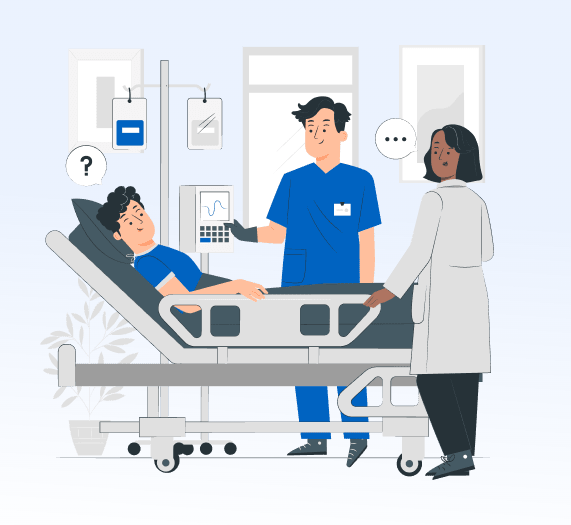The world of healthcare is undergoing a profound transformation, driven by advancements in technology. Among the many innovations, remote patient monitoring software development stands out as a game-changer. This article delves into the role of remote patient monitoring software in modern medicine and its impact on patient care and healthcare systems.
The Evolution of Remote Patient Monitoring
Remote Patient Monitoring (RPM) is a healthcare practice that involves the use of technology to collect patient data outside of traditional clinical settings. The data is then transmitted to healthcare providers, offering a continuous stream of information about a patient's health. This approach is revolutionizing healthcare in several ways:
1. Continuous Health Monitoring
RPM enables healthcare providers to monitor patients' vital signs, symptoms, and other health data in real-time. This continuous monitoring is especially beneficial for patients with chronic illnesses, those recovering from surgery, or individuals requiring regular medical attention.
2. Enhanced Accessibility to Care
RPM breaks down geographical barriers, allowing patients in remote or underserved areas to access quality healthcare without the need for frequent, time-consuming visits to a healthcare facility. This increased accessibility is a critical aspect of modern healthcare.
3. Empowering Patients
Patients are becoming more actively involved in managing their health through RPM. They can access their own health data, fostering greater engagement and responsibility for their well-being. This leads to better self-care practices and improved adherence to treatment plans.
4. Optimizing Resource Allocation
By reducing the need for routine in-person visits, RPM can help healthcare providers allocate resources more efficiently. This optimization results in a more streamlined and cost-effective healthcare system.
The Impact of RPM Software Development
Innovations in RPM software development have significantly enhanced the capabilities and impact of this technology. Some of the key areas of development include:
1. Advanced Sensor Technologies
Recent advancements have led to the development of smaller, more accurate, and less invasive sensors. These sensors collect data with greater precision while ensuring patient comfort.
2. Data Analytics and Artificial Intelligence
Integration of data analytics and artificial intelligence into RPM software has enabled healthcare providers to identify trends and anomalies in patient data, thereby enhancing the quality of care and the ability to predict health issues.
3. Seamless EHR Integration
RPM software is now more seamlessly integrated with Electronic Health Records (EHR) systems. This integration ensures a smoother flow of patient data, ultimately improving the continuity of care.
4. Telehealth Integration
RPM is increasingly integrated with telehealth platforms, allowing patients to communicate directly with healthcare providers. This real-time communication facilitates timely interventions and personalized care.
5. Data Security and Privacy Measures
With the increasing importance of patient data security, RPM software development places a strong emphasis on encryption and adherence to healthcare regulations to ensure the safe transmission of patient information.
The Future of RPM in Healthcare
As technology continues to advance, the future of RPM in healthcare appears promising. The landscape is likely to see more sophisticated sensor technologies, enhanced interoperability among different systems, and increased connectivity with the Internet of Things (IoT). This evolution will result in a healthcare system that is more personalized, efficient, and accessible.
In conclusion, remote patient monitoring software is playing an integral role in modern medicine, offering continuous monitoring, improved access to care, patient empowerment, and resource optimization. As RPM technology continues to advance, it holds the promise of transforming healthcare into a more efficient and patient-centric system, ultimately leading to better outcomes for patients and healthcare systems worldwide.



